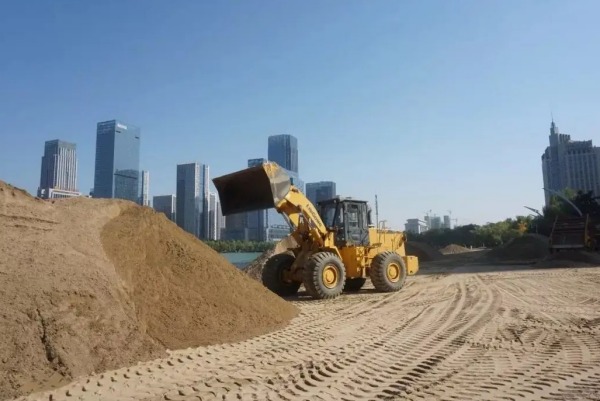
Menu
 LDHB Machines
LDHB Machines

In the eastern coastal areas of my country, the population is dense, the economy is developed, and the amount of engineering construction is large. When the supply of river sand resources is insufficient, there is no other sand source to replace (for example, mountain sand or machine-made sand can be used in inland areas), and long-distance Transporting river sand will greatly increase the project cost. Like many foreign countries, in the case of shortage of land sand resources, people began to turn their attention to the local sand source—sea sand. Therefore, the mining and utilization of sea sand in coastal areas is a need for economic development.
The United Kingdom, Denmark, Norway, Sweden, Belgium, Canada, Australia, New Zealand, Japan, South Korea, Turkey, India and other countries, as well as my country’s Taiwan region, have many years of history and rich application experience in sea sand application in engineering construction. . In particular, Japan, which is short of river sand and land sand resources, has begun to use sea sand to prepare concrete in the 1940s. Especially from the 1980s to 1990s, the utilization of sea sand in Japan reached a historical high. It accounts for about 30% of construction sand.
Sea sand has low mud content, fine grain shape, uniform fineness, and is suitable for preparing concrete. However, sea sand contains high levels of harmful substances such as chlorine salts, shells, and light substances. Unpurified sea sand is likely to cause premature corrosion of steel bars in concrete, burying serious quality risks for construction projects. A number of “sea sand houses” have appeared at home and abroad due to the abuse or misuse of sea sand, which has caused major economic losses and adverse social impacts.